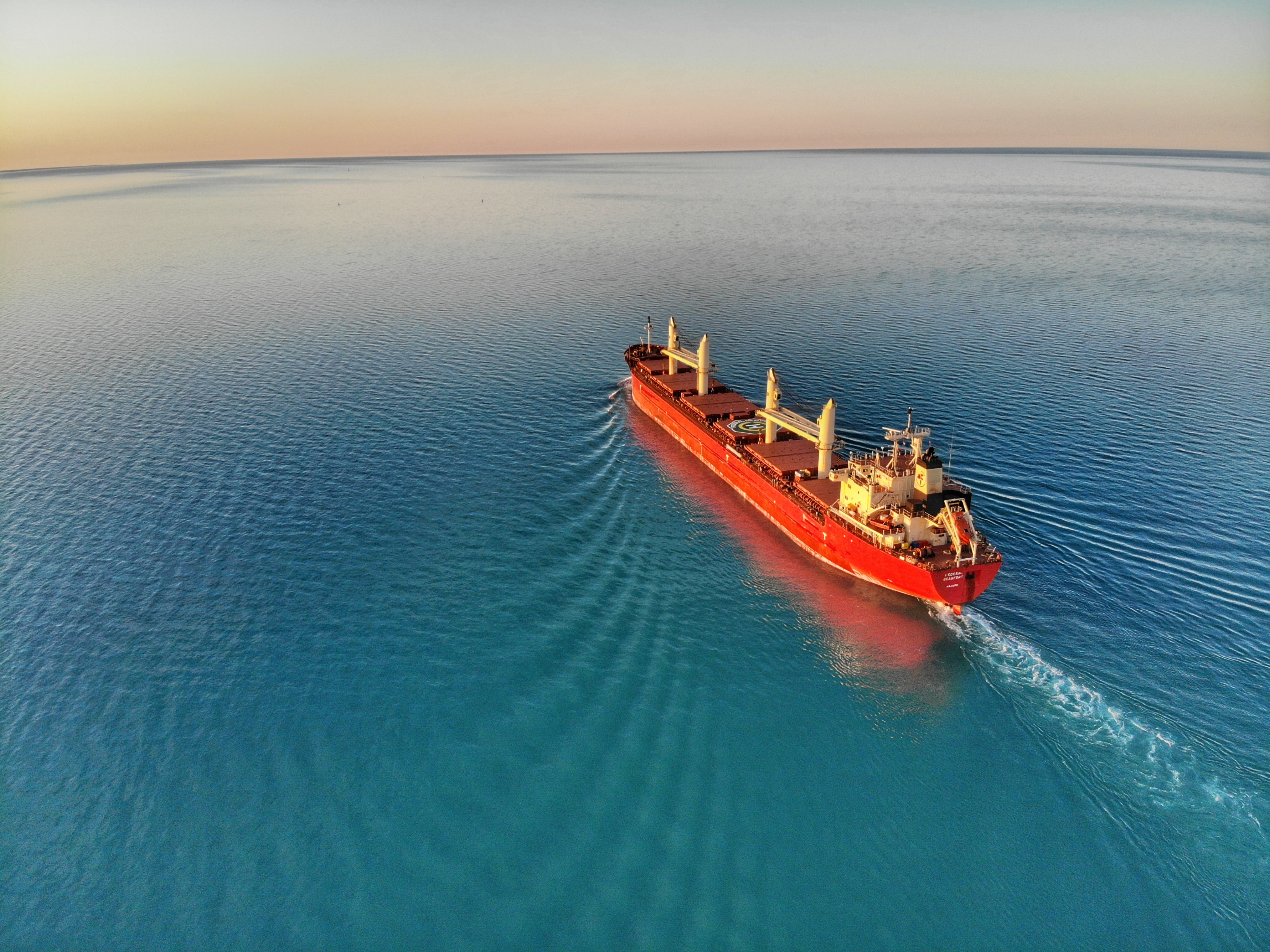
Although formally discovered in 1906, the search for the fabled Northwest Passage was finally ended not by human endurance, but climate change. In 2007, 101 years after it was first mapped, the famous arctic sea route was ice free and open to container traffic. However, should we really be using it for container shipping?
What Are The Benefits Of Using Arctic Shipping Routes?
The primary benefit to shipping companies and their customers is reduced cost. The Northern Sea waterway connects East and West via the most direct route, shortening journey distances by thousands of miles, reducing voyage times, and cutting fuel consumption. In short, the new route is the equivalent of the Suez Canal: a freshly opened aquatic motorway with the singular purpose of enhancing trade options. At a time when the price of container shipping is at an all time high, shorter and cheaper journeys have a strong appeal to businesses keen to offset their transportation costs.
What Are The Environmental Implications?
The artic is the fastest warming region on earth. This is partially due to increased industrial greenhouse gas emissions but is also a result of the unique geology and chemistry of the area. The arctic sea is the darkest surface on the planet, and therefore absorbs vast volumes of heat, accelerating the already-rapid melting of ice, the most reflective planetary surface. This not only creates a unique geoclimate, but it also represents guesswork in terms of long-term environmental outlook. This isn’t dissuading shipping companies, who are already dipping their oars into the region.
So, Is Using The Arctic Route Bad?
Not necessarily. By reducing journey times and distances, traveling via the arctic can reduce the overall carbon transit footprint of container ships, helping to stabilise the temperatures that are responsible for global warming. This could, in theory – and perhaps paradoxically – help to slow down the melting of ice and prevent a tipping-point scenario. However, climate science is highly complex, so navigating the unfolding uncertainties requires high levels of organisational agility. In short, the more options on the table, the better the long-term outcome.
How Can I Increase My Vehicle Transport Options?
Until recently, the vehicle transport market was dominated by antiquated RORO methods. An idea designed for casual island hopping in an age where cars were a luxury rather than a commodity, it is no surprise that the methodology is being washed away with the tide. Today’s transport uses containerised shipping, which is an integrated and optimised solution that works upon the principles of choice, flexibility, and agility. With new routes, and the economic and logistical support of the Belt and Road Initiative (BRI), organisations can cut journey costs and try new waterways.
Can I Transport Vehicles By Container?
Yes! With the use of a high-grade steel racking solution, up to four vehicles can be carried inside each container. Enhancing their environmental profile, the racks can be re-used and are fully recyclable at the end of their ten-year lifespan. This approach enables companies to pick and choose the sea routes that they use, extending the flexible opportunities of innovative containerised transport to new audiences.
Next Steps
At Trans-Rak, our containerised vehicle transport solutions are designed to help you respond to new opportunities whenever and wherever they arise, giving you choice and control. For more information, please get in touch.
Image Source: Pixabay















